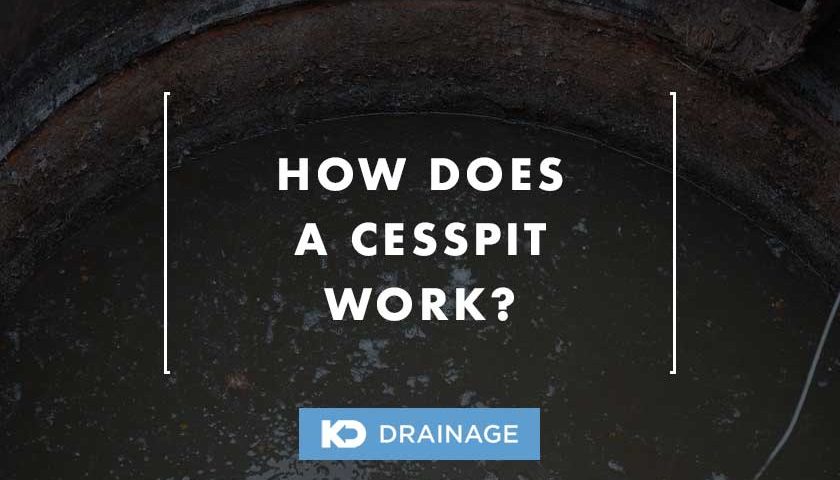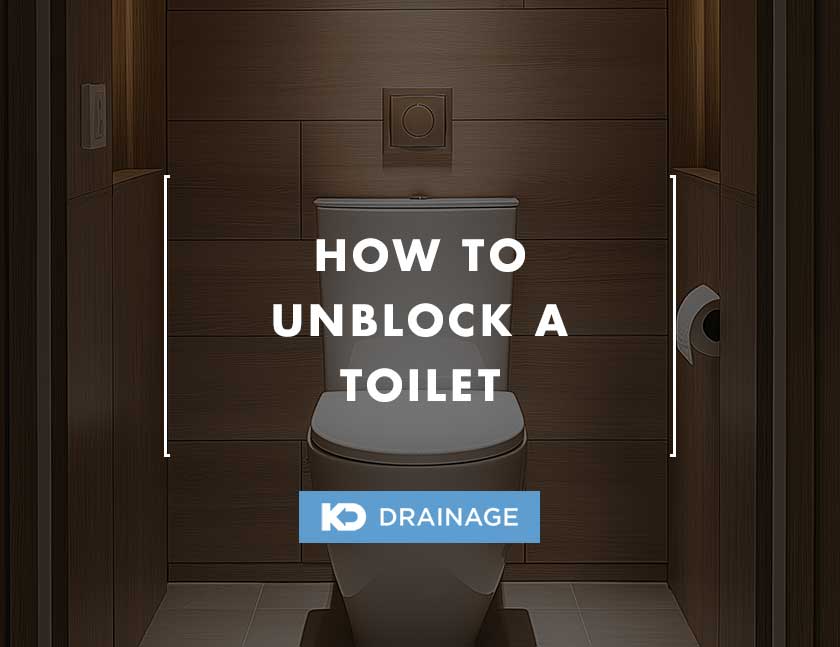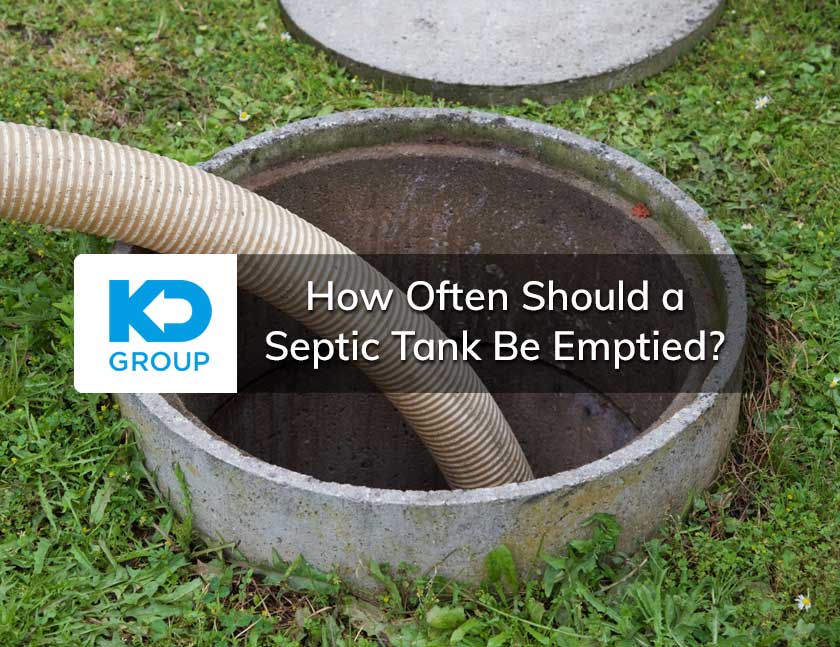
How Often Should a Septic Tank Be Emptied?
1 October 2022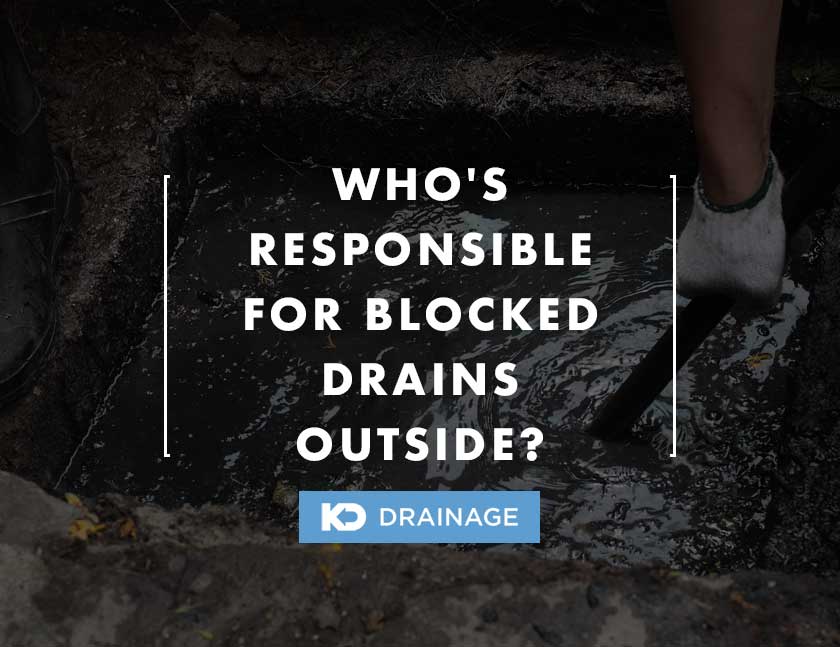
Who’s Responsible for Blocked Drains Outside?
1 January 2023How Does a Cesspit Work?
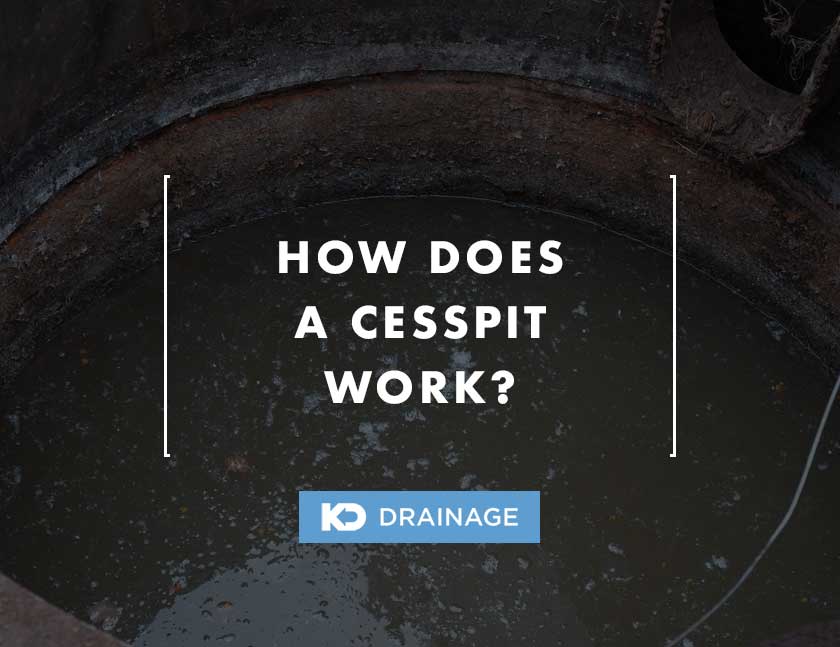
Nowadays, whilst most properties’ wastewater plumbing is directly connected to the mains sewage systems, there’s still older properties located in remote areas which rely on cesspits.
So instead of feeding into the main sewers, where does the sewage go?
With such properties, all wastewater will go in a cesspit, which is like a wastewater tank that sits underground.
Let’s dig deeper into what a cesspit is and how it works.
Table of Contents
What is a Cesspit?
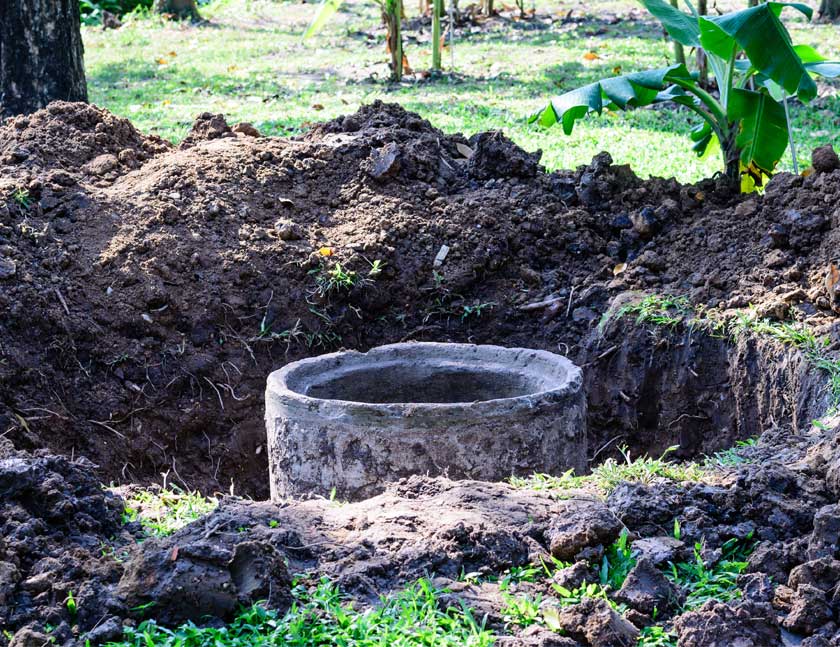
Image credit: Shutterstock
A cesspit is basically a pit into which the household waste ends up.
Cesspits are usually only found in older properties these days, or those located too remote to be connected to the main sewer line.
Cesspits are most likely to be constructed of bricks set underground, and sealed to avoid leakages.
Over the years, cesspits manufactured from fibreglass were also produced, or in some cases, bricks comprised of a fibreglass lining.
The only piping in a cesspit is the exhaust, which is a vent allowing built up gasses in the pit to escape.
Unsurprisingly, cesspits need to be emptied regularly, so you will need to call a licensed drainage company to take care of this task.
How Does a Cesspit Work?
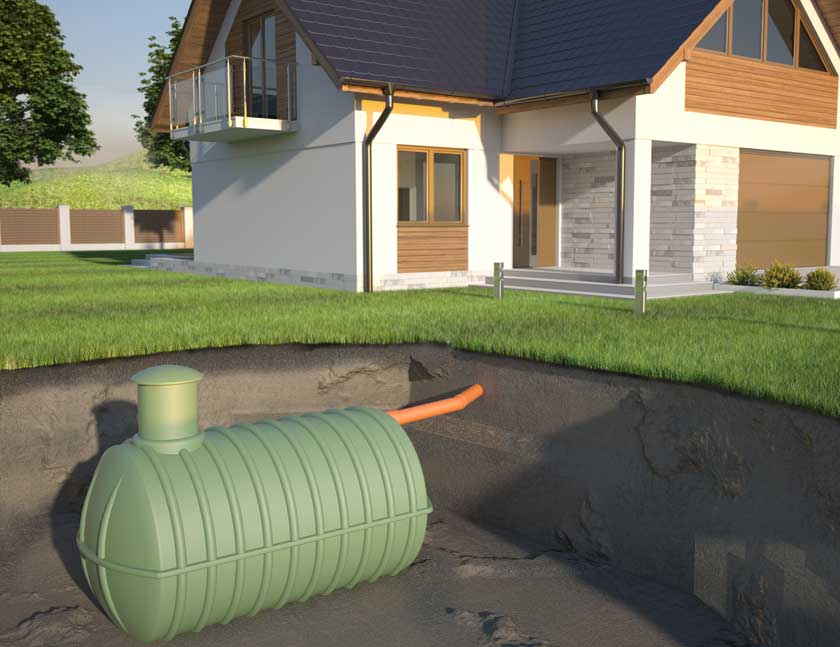
Image credit: Shutterstock
A cesspit is an underground tank whose job is to capture wastewater and sewage from a localised source such as a house or property.
Its role is merely for collection purposes only, as there will be no sewage treatment or processing that takes place in any way.
The cesspit will not be visible as it’s buried underground.
It will have one manhole cover so that the waste collection pumping truck will be able to access it when emptying is needed.
The size of the cesspit depends on the property and number of occupants.
Naturally, the more people that live in the property, the more quickly the cesspit will fill up.
So emptying will need to be done accordingly.
Why Get a Cesspit?
Cesspits are the most basic option when it comes to wastewater collection, because as previously mentioned, there’s no wastewater processing or treatment as you’d get with a septic tank or localised sewage treatment plant.
Hence cesspits are considered outdated, and should only be used as a last resort.
Typical cases include when the ground where the property is situated is not suitable to allow waste to get treated by a soakaway.
A very common example is when local water sources are very close by, and therefore must not be contaminated.
Cesspits vs Septic Tanks
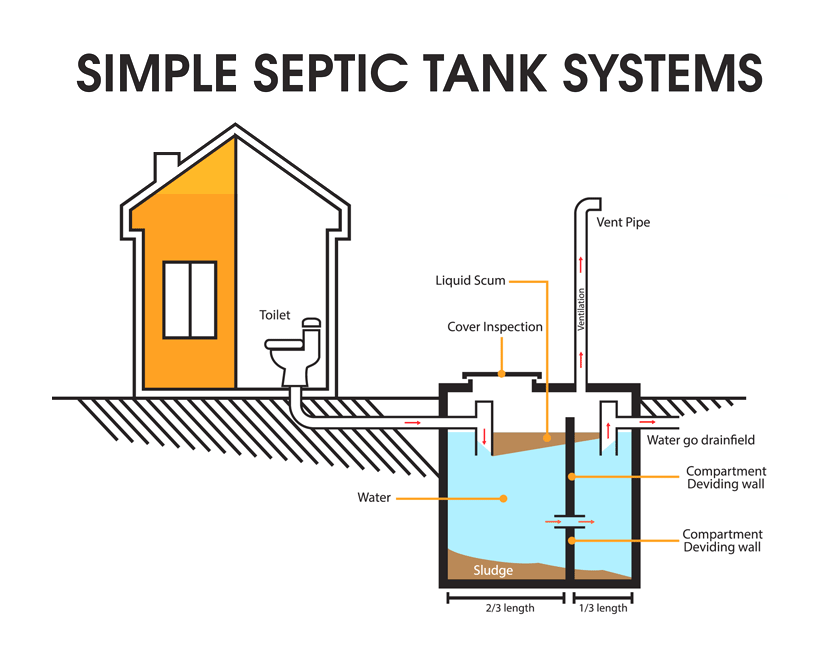
While cesspits and septic tanks are very similar and essentially serve the same purpose, there are a number of differences between them.
A septic tank will have an inlet through which the waste enters.
From then it passes into chambers where the waste will be separated into solids and liquids.
There are generally two chambers, and sometimes even three.
The solids will settle and start to decompose.
Then the liquid waste will pass through an outlet and go into the environment.
While passing through, the soil effluent will be converted to nitrite, and then anaerobic bacteria will start to convert it into nitrate.
Septic tanks typically require annual pumping to clean them out and ensure that they can work effectively.
A cesspit on the other hand, will only have an inlet.
And once it is full, the contents will need to be collected and removed to be taken for proper disposal by a waste disposal company.
How Long Do Cesspits Last?
The life expectancy of the cesspit can vary as a number of factors affect it.
This includes the environment, the material its made from as well as whether regular maintenance is carried out.
Cesspits do have a fairly long life expectancy, generally of around 40 years.
A concrete cesspit system for instance, could last even more than 40 years.
On the other hand, a cesspit made from steel is not ideal as it can corrode and deteriorate very quickly.
Cesspits made from fibreglass or plastic are also expected to last several years like concrete.
The cesspit design and installation also has a role to play in the life expectancy of the system.
It’s crucial that the system is designed in a way that it has sufficient space and that the type of soil is suitable.
The space requirements will depend greatly on the amount of sewage that flows in the system, as well as the conditions of the drainfield.
Any nearby trees or plants also need to be considered.
Any roots which are too close by might invade the system components and potentially cause damage.
Last but not least, the cesspit pumping frequency also matters a great deal.
Regular pumping can help to reduce the tendency of solids going down the drain field, thus reducing the possibility of clogging.
If the cesspit is cleaned and pumped on a regular basis, as deemed necessary according to the number of occupants and its size, it could greatly help to extend its life.
Who’s Responsible for Cesspit Maintenance?
The owner of the property is legally responsible for the maintenance and emptying of the cesspit.
In the case of rental properties, the landlord will be responsible, unless it has been stated in the rental agreement that the tenant is responsible instead.
Needless to say, both for health and legal reasons, the regular maintenance and emptying of a cesspit is a very important responsibility that needs to be honoured.
Signs of a Leaking Cesspit
A leaking cesspit can prove to be quite a problem.
While cesspits in the UK are typically fitted only as a last resort, if you rely on a cesspit to store all your wastewater, it’s crucial to be aware of any signs of leakages.
This is because the untreated effluent is hazardous as it will seep into local waterways and end up polluting the environment.
Common signs of leaks include:
- Growing vegetation
- Strong foul smells
- Standing water
- Slow draining
Any leaks will need to be sealed immediately and the tank will then need to be drained, cleaned and resealed using waterproof paint or applying a re-lining of GRP (Glass Reinforced Plastic).
In the case of GRP tanks, patching may need to be done.
Should there be any splits, a new tank might have to be installed.
How Often Should Cesspits Be Emptied?
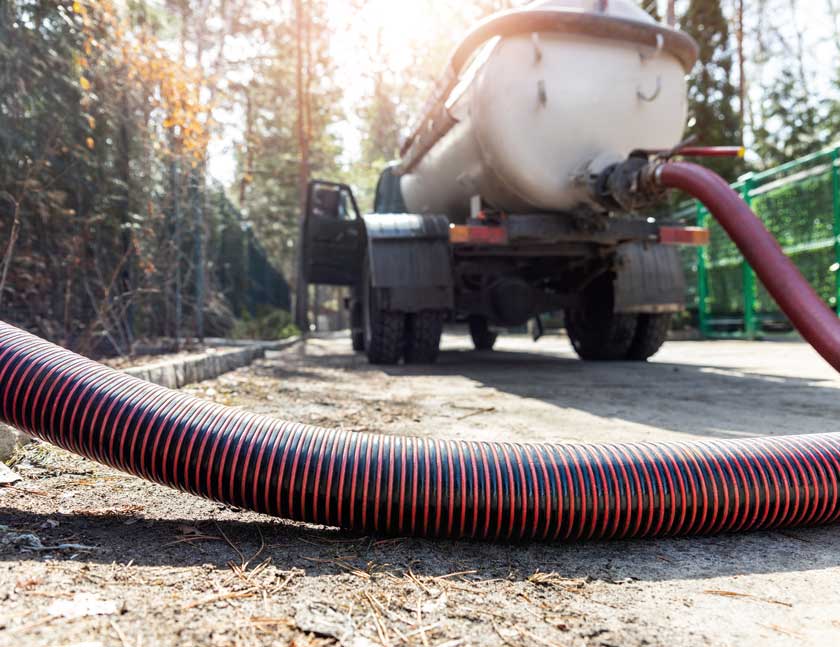
Image credit: Shutterstock
The answer to this question is not clear cut as it depends on a number of factors, namely:
- Size of the cesspit
- Number of people living in the household
- Amount of waste that’s generated
Ideally the cesspit will be the right size for the house so that emptying can be done less often.
If it is too small and there are more than two people living there, one may end up having to empty it every six weeks.
The emptying will need to be carried out by a licensed waste disposal company who will utilise vacuum tankers to collect the waste.
The process will be carried out following established standards and regulations.
Emptying as often as necessary is crucial to avoid overflowing risks and blockage problems.
Regular emptying of the cesspit will also increase its functionality as well as avoid breakdowns and other problems.
Pros & Cons of Cesspits
As with anything else, cesspits come with their pros and cons.
But there’s most certainly more cons than pros.
Pros
The main advantage is that a cesspit is sealed, so there’s no need to worry about any negative effects on the environment.
As long as there’s no damages, there will be no discharging.
If you rely on a cesspit, you will not be required to pay waste disposal costs to the local water authorities.
However, you will be responsible to keep the cesspit in good condition.
Thai will come with emptying costs which need to be paid routinely.
Cons
It’s crucial to be aware when the cesspit needs to be emptied.
This could vary considerably depending on its size and the amount of waste that’s generated.
If there’s a number of people living in the house, the cesspit may need to be emptied every few weeks.
This is because if the cesspit is small (around 18,000 litres in capacity), and there are four people living in the house, it will fill up pretty quickly.
As a general rule, a person produces around 150 litres of waste per day.
Hence in such cases, the cesspit will be full in just a month.
Hence it can prove to be both inconvenient as well as rather costly.
The cesspit could overflow, leading to a very unpleasant and smelly scenario.
Moreover this would result in illegal discharge which is against the law.
Conclusion
Maintaining a cesspit is neither pleasant nor affordable when considering that emptying needs to be done quite regularly.
And the smaller the cesspit, the more costly it will end up being.
It’s important to keep an eye on when emptying needs to be scheduled to avoid unpleasant scenarios.
So if you have a cesspit on your property, speak to a drainage specialist about inspecting and emptying your cesspit.
Alternatively, if your cesspit is simply no longer up to the task, get a professional contractor to install a septic tank system or a sewage treatment plant.

